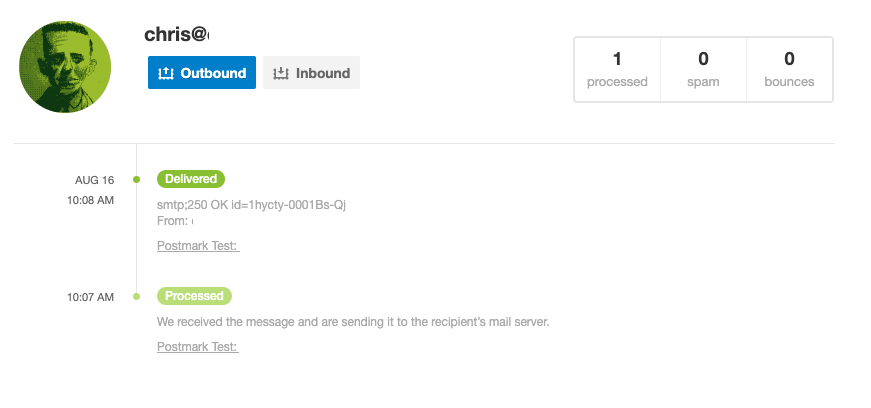
When troubleshooting email issues, it’s a good idea to re-familiarize yourself with the process behind email delivery and how your host processes email.
Becoming better acquainted with how email works will help you troubleshoot issues you may have in the future. While it may seem anachronistic, email is still an important part of the Information Technology landscape.
Password Issues
One of the first issues that some users trip on is password authentication. When you first set up your email account, you may recall that you set a password and username (joe@example.com).
The username, by default, is always the email address itself. This is why it’s important to pick a secure password.
This is the username/password combination that you will use when setting up an email client application like Apple Mail or Outlook. The client application will use your username and password to log into the server, retrieve your mail, and bring it into the app so you can use it.
If your email is not appearing in your client, or if you get an error, the first thing to check is the password. It’s the same deal for webmail as well. Always check the password. Often, resetting the password will help solve the issue you’re facing.
Limits on Mass Email
Your shared hosting email account should only be used for daily business purposes or “transactional” email, not mass emailing.
For this reason, there are limitations on the number of emails that can be exchanged within a certain amount of time:
- 250 emails per hour,
- With a maximum request limit of up to 500 per hour
This limitation is acceptable for most types of email communication. You can use email every day to conduct business, within these limits, without any problems.
For mass email, like marketing newsletters, we recommend using an open source program like PhpList or engaging a third-party service like Mailchimp or Constant Contact. Some of these services have a free tier that many users will never exceed, so they are worth a second look.
DNS Issues
Often, if you’re having trouble with email, it can be a matter of DNS records. Various email providers have different settings for spam filtering and delivery options. These can be difficult to work with if you’re not sure exactly what kind of parameters you have in place.
For many best practices, it’s recommended that you set up SPF records.
Basically, an SPF record contains the name of any server that you have allowed to send email using your domain name. The purpose of this listing is to protect your domain from “spoofing,” which is basically a spammer using your domain to send fake emails.
Sending Email From WordPress
For many people with WordPress sites, there will be times when you need to have email sent out from your site. There are many reasons why you will want reliable email exchange from your WordPress site, under the banner of “transactional” emails:
- Password resets
- Contact forms
- Updates
- Notifications
WordPress has built-in functions for handling email delivery. But that’s as far as it goes. It is the responsibility of the site owner to make sure that there are no other server-level impediments to successful transit.
One of the best ways to make sure that your WordPress site is able to send out emails is to use a plugin.
In many instances, email transit will depend on your host. In some instances, the default WordPress mail function will be able to use default settings to send mail out from your server, or hosting account. In some cases, however, this won’t work, for one reason or another.
Often, an email sent out of WordPress will fail because of a lack of Simple Mail Transfer Protocol (SMTP) settings. You can provide these setting to the WordPress mail function parameters manually, or you can use a plugin.
The Postmark plugin is probably the easiest way to guarantee that transactional emails will go out from your WordPress site and arrive at the intended recipient’s mailbox. And you don’t need to mess with any SMTP settings.

Not only does Postmark handle all of the email transit from point to point, it also gives you an interface for viewing the course that the message took, including information about whether or not an email arrived and even if the message was opened. So when someone says, “Hey I didn’t receive that email,” you can check the log yourself and see where it landed.
All of that information should give you a better idea about how email transit works and what the process behind email delivery is. If you have any other questions to be sure to leave a comment below or reach out to our live support team anytime.